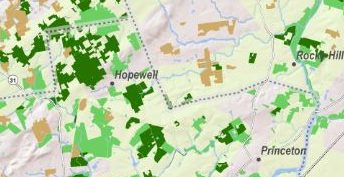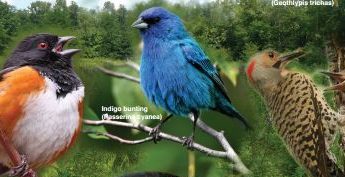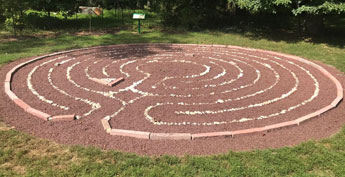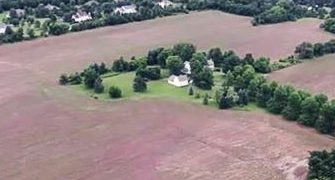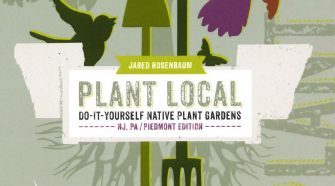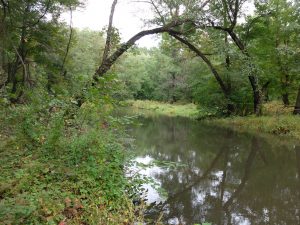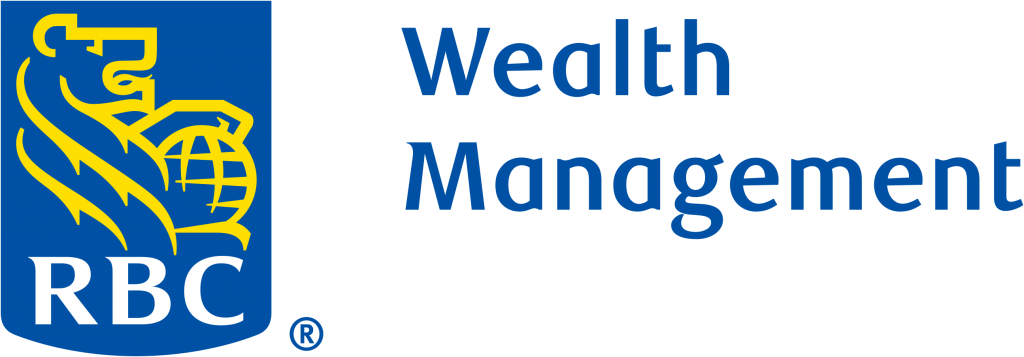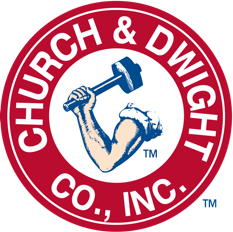A Living Example of Land for Life
Pretty as a picture, six lushly wooded acres line a placid stretch of the Millstone River in Cranbury Township. The floodplain, thick with sweet gum, pin oak and red maple trees, mirrors the verdant landscape on the opposite bank in East Windsor Township. A bald eagle circles silently overhead; its reflection flickers on the river’s surface while fish shimmer in the water’s depths. It is the kind of place ideal for stopping to contemplate the complex web of nature from the uncomplicated, unceasing perspective of the river.
This hidden haven, tucked below Highway 535 (Old Trenton Road), has now been preserved for the public to enjoy. Princeton Land Partners, a private landowner, donated the six acres to D&R Greenway Land Trust, which will eventually convey the land to Cranbury for connection to the township’s greenway. East Windsor Township has preserved open space directly across the river, creating a contiguous protected landscape.
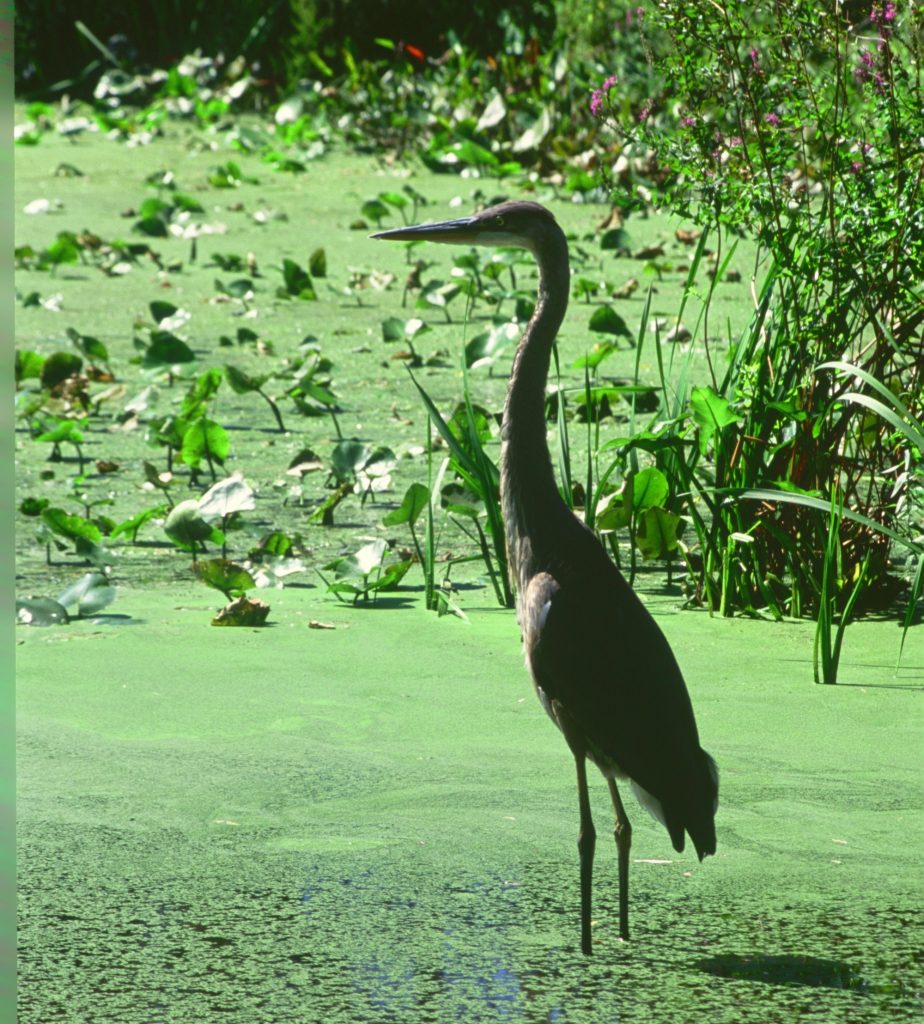 Within the forested landscape are floodplain forest trees, as well as open areas where specialized wetland wildflowers thrive, such as the bright red Cardinal flower, the stately Joe Pye Weed, ebullient pink swamp mallow (hibiscus), and the hidden yellow heads of sweet flag. The river, whose character in other places is anything but tranquil, is slow enough here that Great Blue Herons forage in shallows along the banks.
Within the forested landscape are floodplain forest trees, as well as open areas where specialized wetland wildflowers thrive, such as the bright red Cardinal flower, the stately Joe Pye Weed, ebullient pink swamp mallow (hibiscus), and the hidden yellow heads of sweet flag. The river, whose character in other places is anything but tranquil, is slow enough here that Great Blue Herons forage in shallows along the banks.
In addition to its value for wildlife habitat and recreation, the site protects water quality. The forested floodplain buffers stormwater’s effects on the Millstone, and more than half of the property is a designated wellhead protection zone for a public water supply.
“We often talk about the value of land preservation to protect water quality,” shares Linda Mead, D&R Greenway President & CEO. “This site is a living example that speaks to our founding values of protecting Land for Life.”
The owners approached D&R Greenway with the opportunity to preserve the property. Landowners seeking preservation, even those whose ultimate goal is public access or ownership, often seek to take advantage of the efficiencies that a nonprofit offers compared with a public entity, which may be less nimble in its decision-making and funding.
With the site’s triple conservation value for wildlife, water and people, accepting the offer to preserve the site was a no-brainer for D&R Greenway.
The decision was easy—but the preservation process was not without its challenges. With the site came a unique headache: how to remove the mass of non-hazardous construction debris (bricks and such) that had been historically dumped into the woods by illegal trespassers. The donor agreed to pay for its removal, but the dump’s location at the bottom of a steep drop precluded truck access from Highway 535 above. Obtaining access to the site from a neighboring site became a year-long project in itself—one accomplished only after a chance reading of an obituary yielded the key information that enabled D&R Greenway to locate the owner and negotiate the necessary permission for a contractor to enter the site and clean it up.
Although the site’s location on a floodplain would not permit development under current law, preserving it will ensure that it will stay undeveloped even if the laws change.
For the foreseeable future the site will be a necessary connection to link pieces of land into a continuous greenway and a future trail system.

